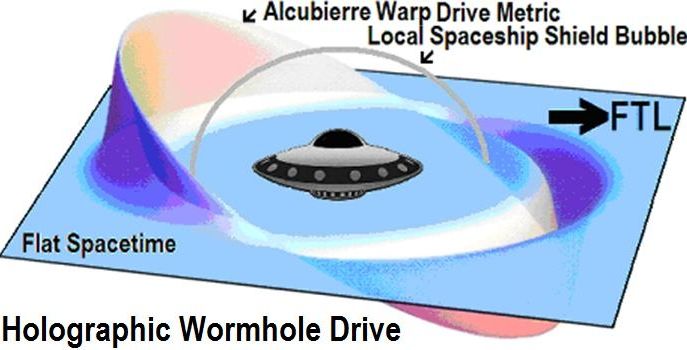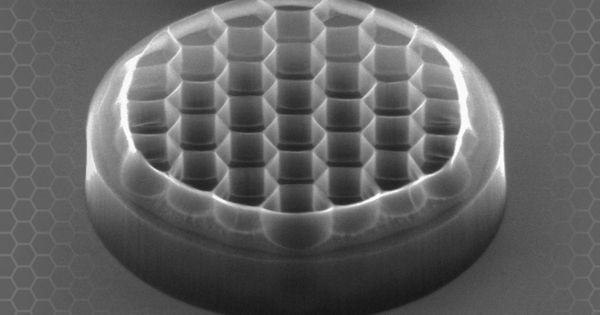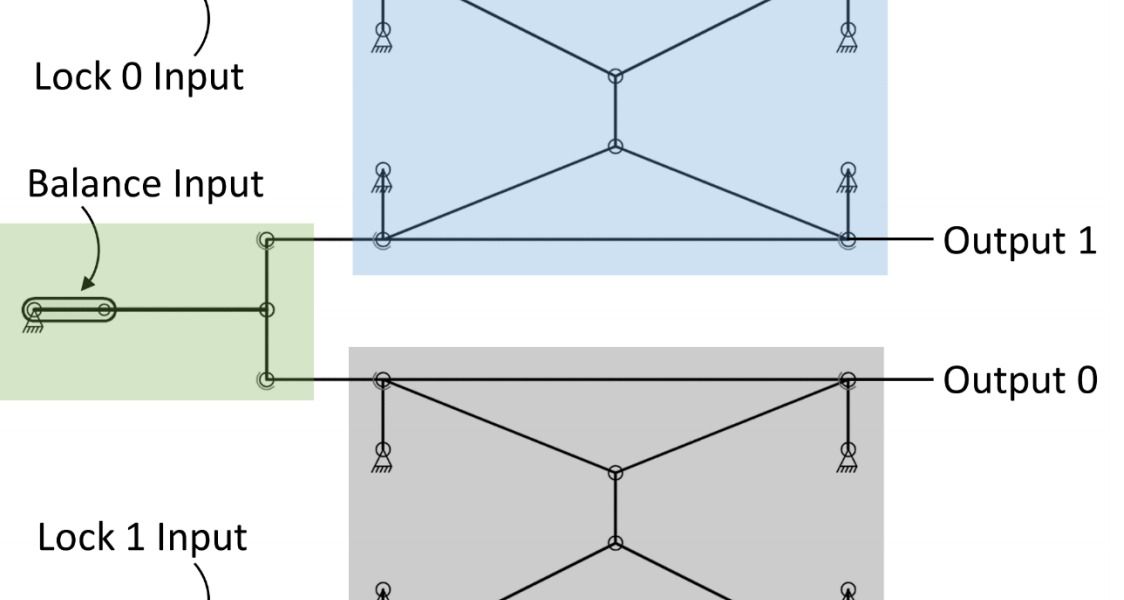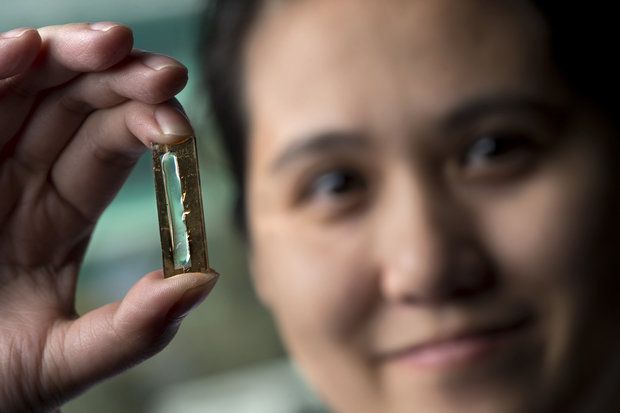Apr 25, 2016
Thinking Outside the Brain – Why We Need to Build a Decentralized Exocortex
Posted by Klaus Baldauf in categories: information science, neuroscience, Ray Kurzweil
What the bleep is an exocortex and why should we care?

Continue reading “Thinking Outside the Brain – Why We Need to Build a Decentralized Exocortex” »
















